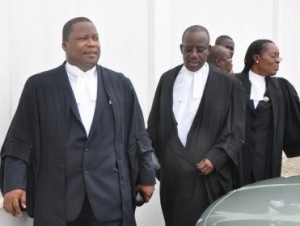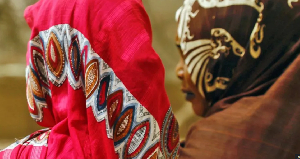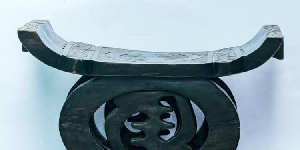Philip Addison, petitioners' counsel, has said the controversy surrounding the number of pink sheets could have been resolved without resorting to a court order instructing KPMG, accounting firm, to count the exhibit. That, count by KPMG, he said was unnecessary.
He made this remark during cross-examination of Dr. Afari-Gyan, witness for the Electoral Commission in the hearing of the presidential election petition at the Supreme Court.
It began after Addison had attempted to ask questions on certain exhibits given to Dr. Afari-Gyan. But James Quarshie-Idun, the E.C’s counsel said the exhibits being served on them presently had a different exhibit number which cannot be located.
It was different in the numbering of polling station code and the naming of the stations, he said and provided an example of this in court.
Mr Quarshie-Idun said on this basis “they would resist any attempt” to serve these exhibits on Dr. Kwadwo Afari-Gyan.
This latest objection triggered a divisive debate on the issue of the count of the pink sheets.
Tsatsu Tsikata, counsel for the National Democratic Congress (NDC) got involved in the issue. He said the problem encountered by Addison and Quarshie-Idun could only be resolved by KPMG -the referee’s - work.
Tsatsu noted this work will show whether they were served with 11,842 pink sheets as claimed by the petitioners. He described the petitioners' exhibit as a ‘jumble of paper…heaped together”.
It would be improper for Addison’s cross-examination to pull up new exhibits that were not reflected in what the respondents have, Tsatsu concluded.
Counsel for President Mahama, Tony Lithur, said it was unfortunate the exhibits did not have the registry’s official stamps. It would have helped to know if a pink sheet was being newly introduced, he said.
For now, what the petitioners were seeking to bring in was fresh pink sheets because the ‘topsy turvy’ exhibits are completely different, he said.
But Philip Addison vented his dissatisfaction at the contention of the three respondents. He asserted every pink sheet the petitioners were relying on had been filed and was in evidence.
He revealed that on the contrary, a pink sheet used by Mr Tsikata during his cross-examination of Dr. Bawumia was not captured by the KPMG report. This, he said, showed the respondent’s exhibit was rather foreign and fresh.
He said wrongly-labeled exhibits were nonetheless in evidence, and could be therefore, used in their case. These mistakes have been rectified by the electronic procedure after they realized them in the manual process.
“We accept there is mislabeling, but not one of these documents is not in evidence, it has been filed,” Addison charged.
A judge asked Addison if the petitioners served the respondents with all the exhibits in contention. But Addison said he would not know. What he knows for a fact is that they filed their exhibits at the registry and the registry had the duty to serve the filed documents on the respondents.
He said KPMG’s work was not to find out whether the exhibits were served, but the actual number that was filed.
According to Addison, this issue need not escalate to its present prominence. The respondents should have asked the registrar to supply them with pink sheets they claim was missing as it is done in any trial.
“This issue that they have raised to a certain [level]; bringing in KPMG was in the first place unnecessary, all they had to do is to indicate what they are missing, that is all…I have said this from day 1, here we are back to square one,” he lamented.
The controversy on the pink sheets currently before the court brought proceedings to a pre-mature adjournment.
General News of Tuesday, 11 June 2013
Source: Joy Online
KPMG count was unnecessary – Petitioners
Entertainment












